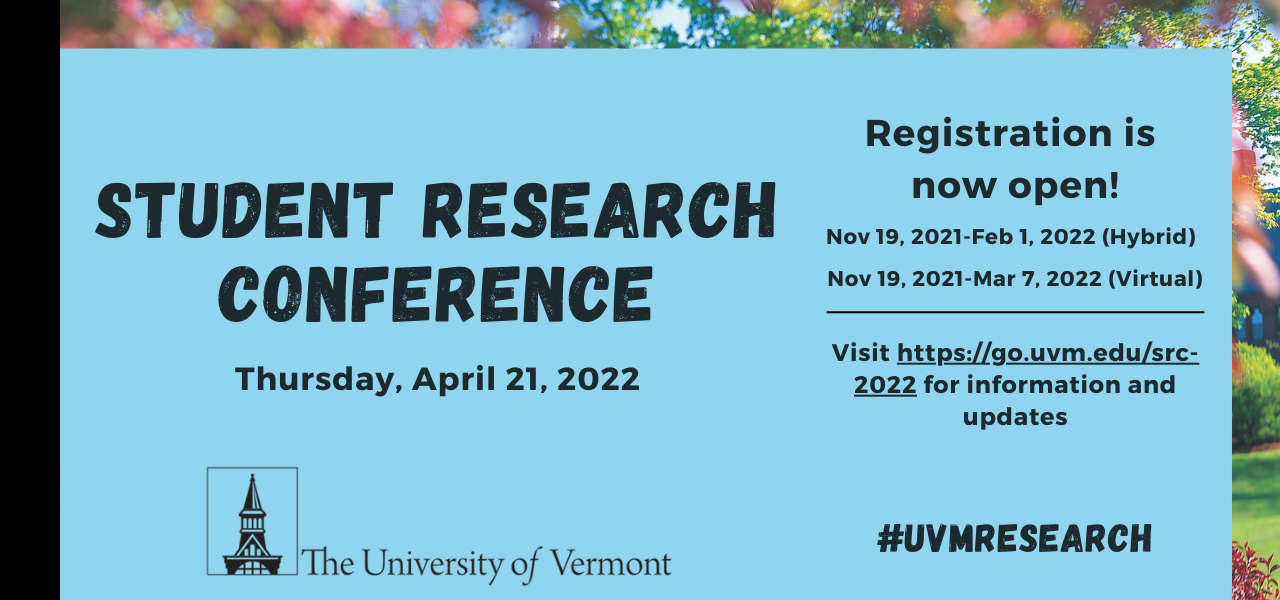Breeding Bird Species Richness in Different-Sized Burlington Forest Patches
Conference Year
January 2022
Abstract
Forests are of great value to many bird species, especially neotropical migrants. However much of this habitat is fragmented, often in urbanized ecosystems. Previous studies have shown that forest fragmentation can affect breeding bird richness and abundance, but these studies are limited in scope. This study aims to quantify the effect of forest fragmentation on breeding bird communities in Burlington, Vermont. I surveyed fragmented forest patches between 4 and 40 hectares in size to determine how breeding bird species richness varies with patch size and perimeter-to-size ratio. These data will be valuable for local land management, restoration, and conservation initiatives.
Primary Faculty Mentor Name
Allan Strong
Status
Undergraduate
Student College
Rubenstein School of Environmental and Natural Resources
Second Student College
Patrick Leahy Honors College
Program/Major
Environmental Sciences
Primary Research Category
Biological Sciences
Secondary Research Category
Food & Environment Studies
Breeding Bird Species Richness in Different-Sized Burlington Forest Patches
Forests are of great value to many bird species, especially neotropical migrants. However much of this habitat is fragmented, often in urbanized ecosystems. Previous studies have shown that forest fragmentation can affect breeding bird richness and abundance, but these studies are limited in scope. This study aims to quantify the effect of forest fragmentation on breeding bird communities in Burlington, Vermont. I surveyed fragmented forest patches between 4 and 40 hectares in size to determine how breeding bird species richness varies with patch size and perimeter-to-size ratio. These data will be valuable for local land management, restoration, and conservation initiatives.


